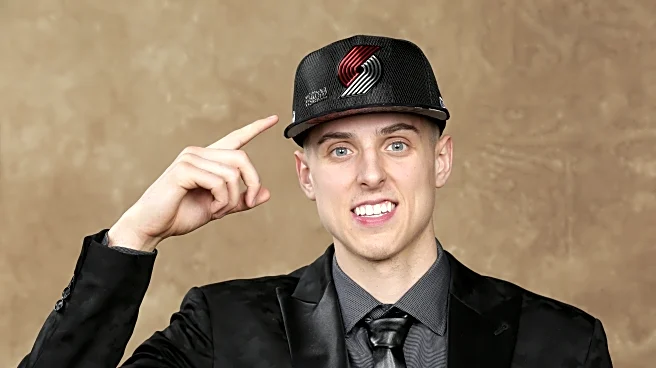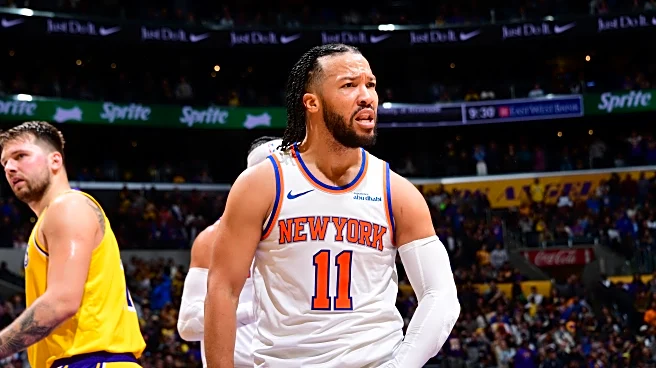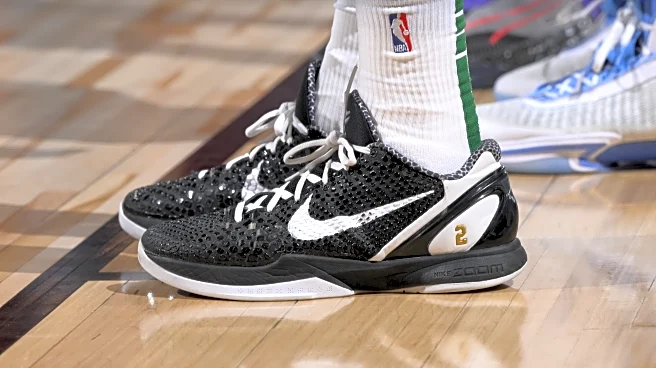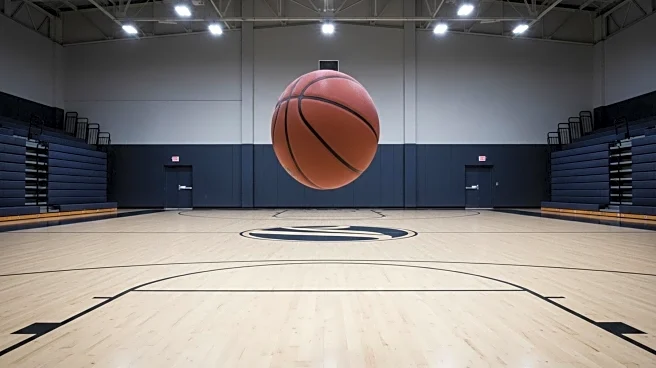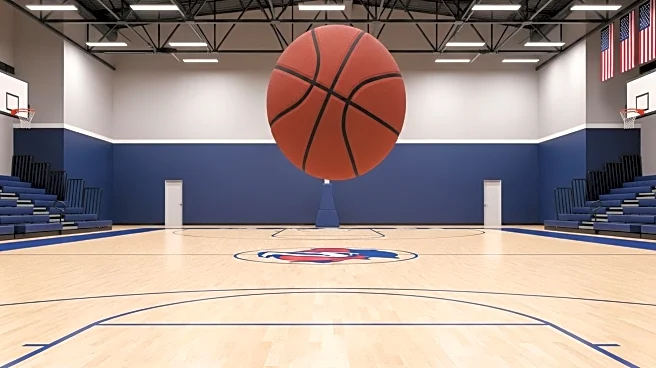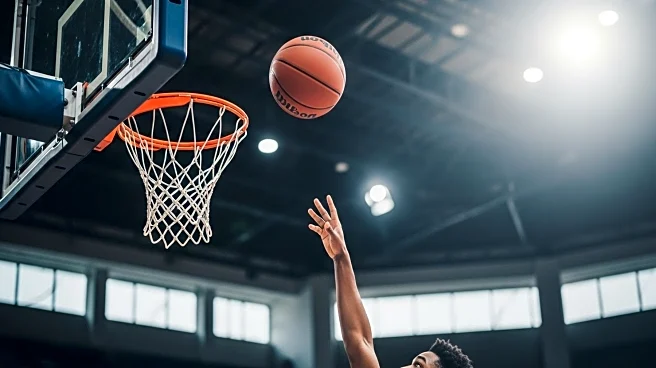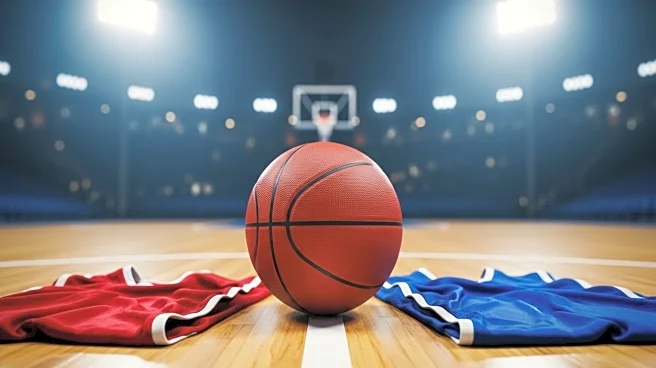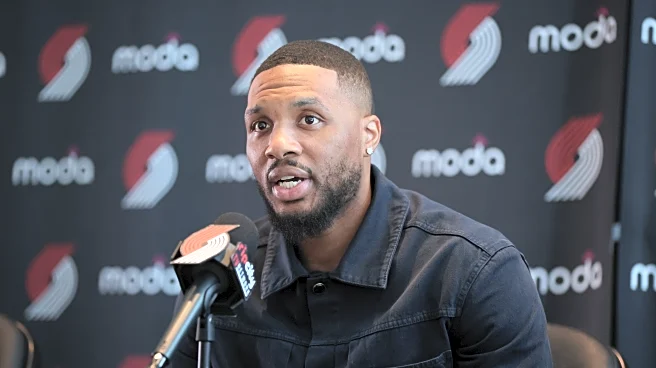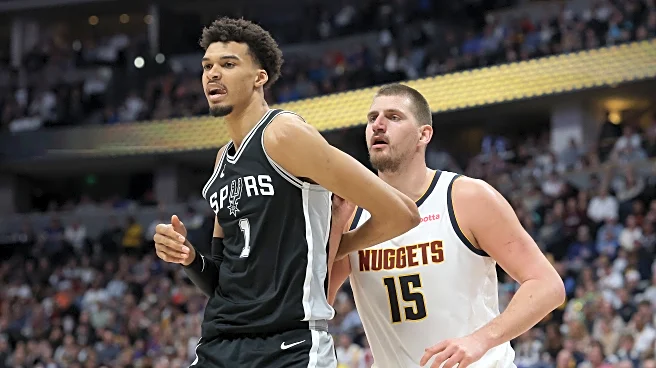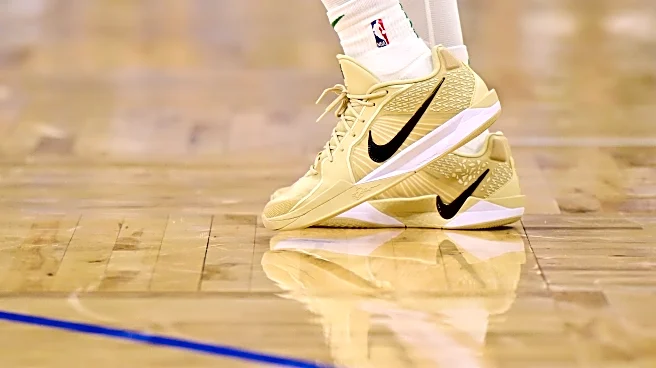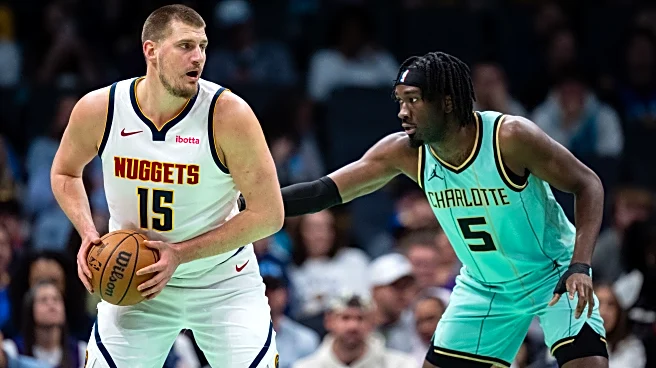
The Portland Trail Blazers have a long and proud history in the NBA. That’s undeniable. Also undeniable is that most of the glory in their story happened before the turn of the millennium. For much of their run, especially in the last 20 years, Portland has struggled.
Professional sports is a complex business. No single reason can explain 100% of a team’s fortunes. But even if there’s not a smoking gun, we can at least point to a fog machine in Portland’s case.
The Blazers are a smaller-market franchise,
tucked in the corner of the country, playing in a city whose attractions pale compared to Miami or Los Angeles, and in a state with significant income tax. Portland is not exactly a free agent magnet. They can attract talent when they’re playing well, but absent an overwhelming reason to come–dollars or success–the Blazers will end up closer to the Utah Jazz than the New York Knicks on the free agent market.
Portland can make trades just like any other NBA team, of course. But trade capital assumes getting talent to begin with. Which brings us to the main avenue of improvement for the Blazers: the NBA Draft.
Drafting players is always a hit-or-miss prospect. Nobody will do it perfectly. But for teams in Portland’s situation, drafting well is a must. It’s not enough to be good. They have to be better than other franchises to close the advantage distance. You can’t show up to the Olympics as an average runner and say, “Well most of the world can’t run as fast as Usain Bolt!” You’re correct. But you’re at the Olympics. Most of the world doesn’t belong there. If you’re going to participate with any hope to compete, you have to be significantly faster than everybody else. If you’re not, you can forget it.
It’s the same story with Portland and the draft. It’s not enough to say, “Most NBA teams aren’t great at it.” Ok, but you’re trying to compete with the best in the world. If this is your only way to catch up to them, you better be great. If not, you might as well hang it up.
So how have the Blazers done in the draft?
To demonstrate, I’ve come up with a big-picture graphic, a simple visual to show you. It’s based on the drafts for the last 40 years, going back to 1984. Why did I choose 1984 to start? Because if I didn’t, everyone in the universe would bring it up. That’s the year the Blazers chose Sam Bowie instead of Michael Jordan. To their credit, they made the best pick in franchise history the year prior, selecting Clyde Drexler 13th overall. But ‘84 seemed like the right year to start, understanding that ancient history has little to do with today. Starting with maybe the biggest gaffe ever gets the topic out of the way so we can deal with the rest.
The methodology behind the chart was simple. I divided draft picks into broad categories:
- Stars
- Starters
- Significant Role Players
- Minor Role Players
- Busts
For any given draft, I looked at Portland’s position. For almost all drafts, I used where they actually picked. For the drafts they traded down, I took into account where they could have picked. I rated the player or players they selected versus who they could have picked up that year. I then assigned a color to each year based on their performance.
GREEN–Selected the best player available or a player comparable to the rest of the available field who was actually good (starter or star).
WHITE–Either selected the best player available but the player was of relatively minor importance (role players or busts) or there just weren’t good players available at Portland’s position.
YELLOW–Selected someone below the best player(s) available in a significant, but not overwhelming way. In other words, selected a bust when a significant role player was available or a role player when a starter or two was up for grabs. This probably wouldn’t have changed the course of the franchise. It was just sub-optimal in a way that probably mattered.
RED–Missed out on a star who could have significantly helped or changed the course of the franchise without getting another comparable player.
In addition, there were two special cases:
- If the Blazers didn’t have a pick at all, the year was left white. I did not try to undo trades to get departed picks back. If Portland didn’t draft in a given year, I figured there was a reason for that. The only exception was 2014, when they (or anyone) could have gotten Nikola Jokic for the price of a modest second-round pick. I couldn’t let that one go. And speaking of…
- If the Blazers missed out on a generational superstar–players who won multiple MVP’s or championships–the year went red no matter what else happened.
So, for instance, in 2001 the Blazers missed out on Tony Parker–drafted 28th overall–but they got Zach Randolph with the 19th pick. Fair enough. Randolph was a good player, a borderline All-Star in Portland (a legitimate one in Memphis later). That year was green because Zach made a difference. But in 2018 Portland selected Anfernee Simons when Jalen Brunson was available. Like Randolph, Simons was a good player. But he and Brunson aren’t even in the same ballpark right now. That year went yellow.
Admittedly the process is subjective, but there’s an internal logic to it. The important thing to remember is that the color is not just about the quality of the player, but the quality of the player in relation to other player(s) who were available to the Blazers at the time. Some drafts with middling or bad players went white because those players were the only ones available to Portland. A couple drafts where Portland got good players went yellow because they could have done significantly better.
Basically, you want to see as much green as possible. Or, failing that, at least white.
Here is the chart itself, Portland’s 40-year draft history in a glance.

Initial impressions:
- The Blazers had 7 green drafts and 8 white over 40 years. That 37.5% doing well or at least no harm. That’s not terrible.
- The news gets better because those green drafts can weigh a lot. One good green year can counteract all the yellows in the succeeding era. Consider 2006 with Brandon Roy and LaMarcus Aldridge, for instance, or 2012 with Damian Lillard.
- That said, they’ve had 15 reds and 10 yellows. Worse, five of their greens came in 2001 or earlier, well ahead of the modern era. They haven’t had an optimal hit since Lillard.
Overall, Portland hasn’t done badly. I’d guess they were comparable to many NBA teams in the tricky world of the draft. But let’s circle back to the point we started out with. The Blazers can’t afford to be average in the draft. They need to be good, if not great. They have to be better than most, if not all, of their competitors to keep their heads above water.
Long story short, they haven’t been. If you’re looking for a major reason behind Portland’s struggles, this is as good as any. Until the Blazers are keener than everyone else at selecting and developing talent, they’re going to have to hope for an ultra-significant, generational strike that nobody can miss. Absent Victor Wembanyama or Cooper Flagg, Portland will remain prisoners of a narrowed talent pipeline. That’s not good news for the franchise or its fans.
